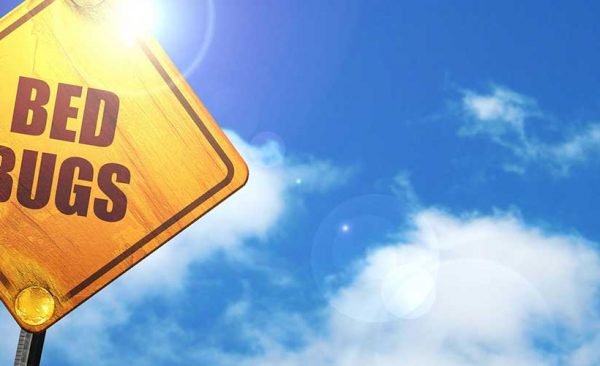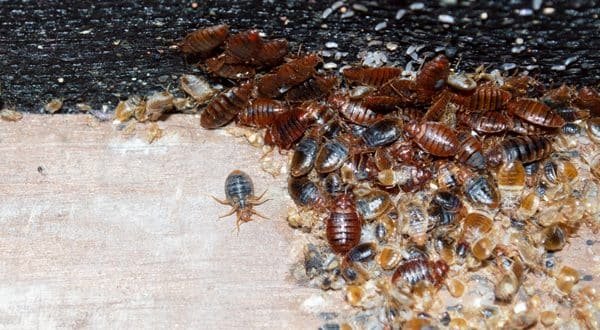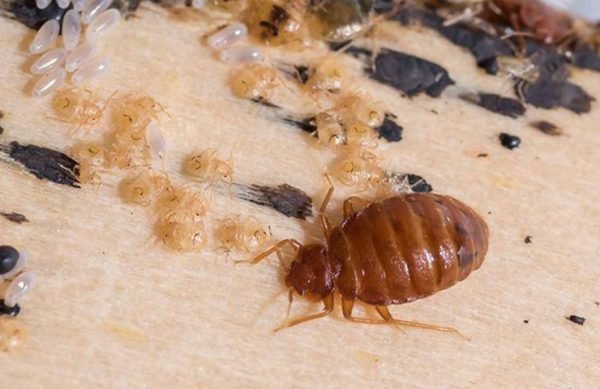Bed bugs are back!
There was a time that bed bugs had become quite rare. But in recent years bed bugs have made an impressive comeback.
According to Wikipedia: “The U.S. National Pest Management Association reported a 71% increase in bed bug calls between 2000 and 2005. The number of reported incidents in New York City alone rose from 500 in 2004 to 10,000 in 2009.”
Bed bugs are real-life vampires who emerge at night to drink your blood, and their numbers are on the rise.
To make matters worse, once inside a home, they spread all too easily and are shockingly difficult to eradicate once they’ve infested the tranquility of your bedroom. (More on this last point in a minute.)
Given the all-too-real possibility that you could, at some point, experience trouble with these nasty pests, we recommend learning to recognize signs that you may have bed bugs.
Sign You Have Bed Bugs #1: Red, Possibly Itchy Bites
Bed bug bites are one sign you have bed bugs in your home. The bites are red, itchy, and irritating. Sometimes, however, you can have bed bugs and not have any bites. Only about 30% of the world’s population tends to experience a noticeable reaction from bed bugs. The rest can be bitten and no bite would be visible.
Medical News Today reports that if someone does experience a reaction from bed bug bites, it will produce some degree of discomfort, itchiness, and inflammation. Other signs and symptoms of bed bug bites include:
- A burning, painful sensation
- Raised, itchy bumps with a clear center
- A red itchy bump with a dark center and lighter, swollen surrounding area
- Small red bumps or welts in a zigzag pattern, a wheel pattern, or a line (indicating that the bugs bite and feed as they move along skin, a common indicator for bed bugs but not all pests)
- Small red bumps surrounded by blisters or hives
- Papular eruptions or areas of skin with raised or flat patches that may be inflamed
- Bites tend to appear on areas of the skin not covered by clothing, so vulnerable areas partially depend on what you wear to bed. For many people these vulnerable areas will include the face, neck, arms, hands, legs and feet, and possibly the waist, shoulders, and back, though less likely.
The National Pest Management Association produced a video for the public about possible signs, symptoms, warnings and treatments regarding bed bug bites. It’s only a few minutes and it might give you a good idea what to do and/or expect if you think you may have been bitten by a bed bug.





